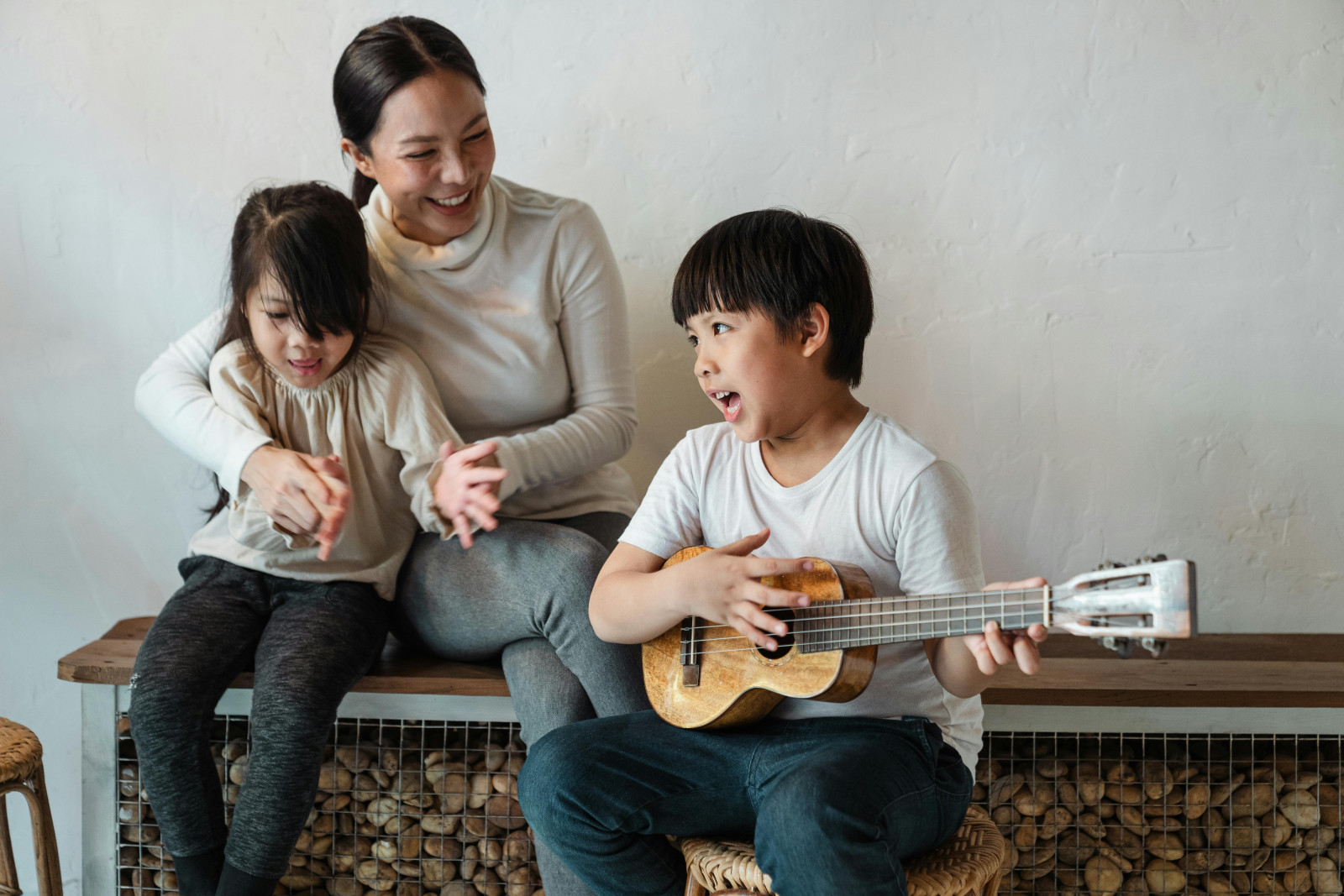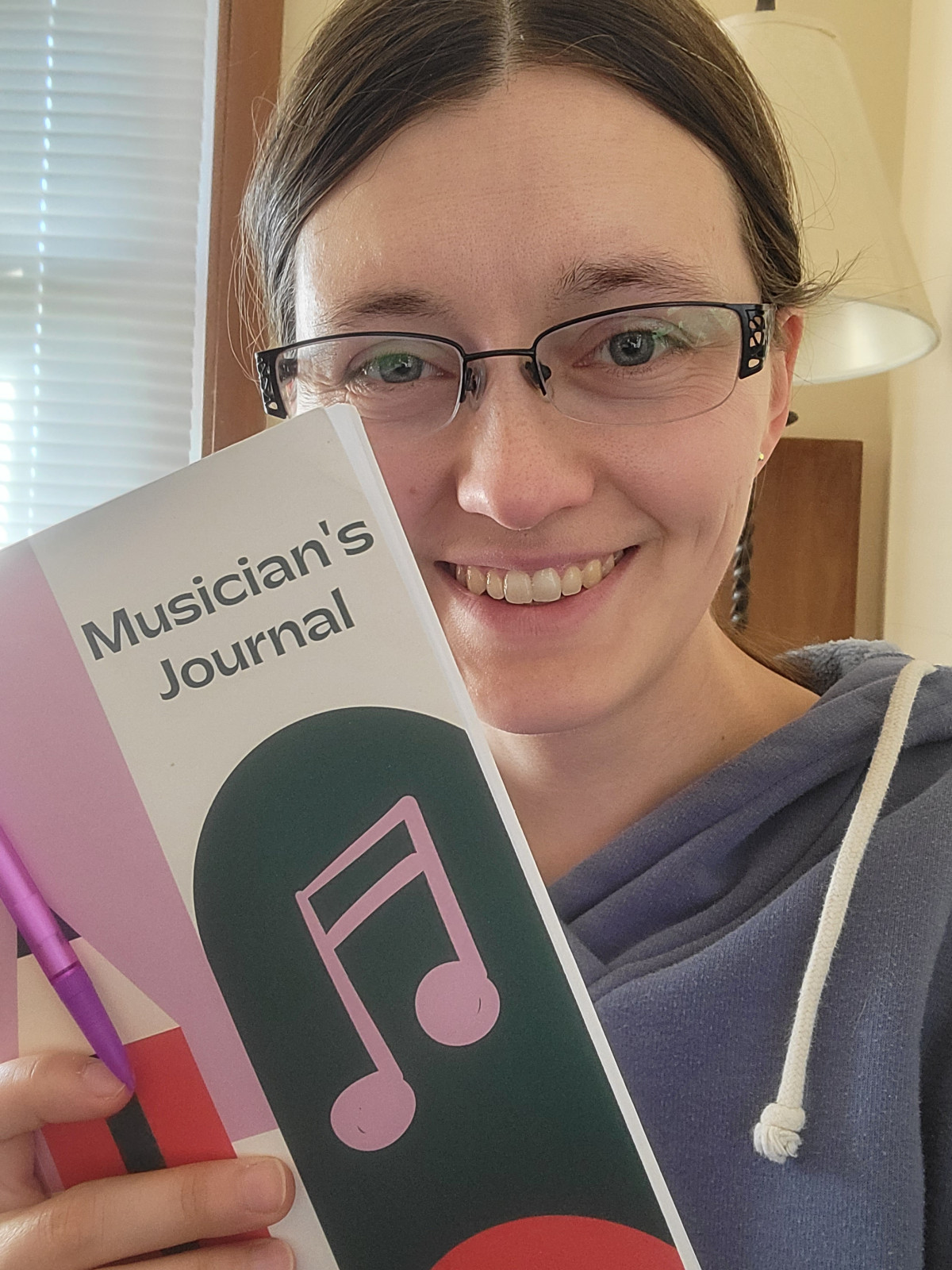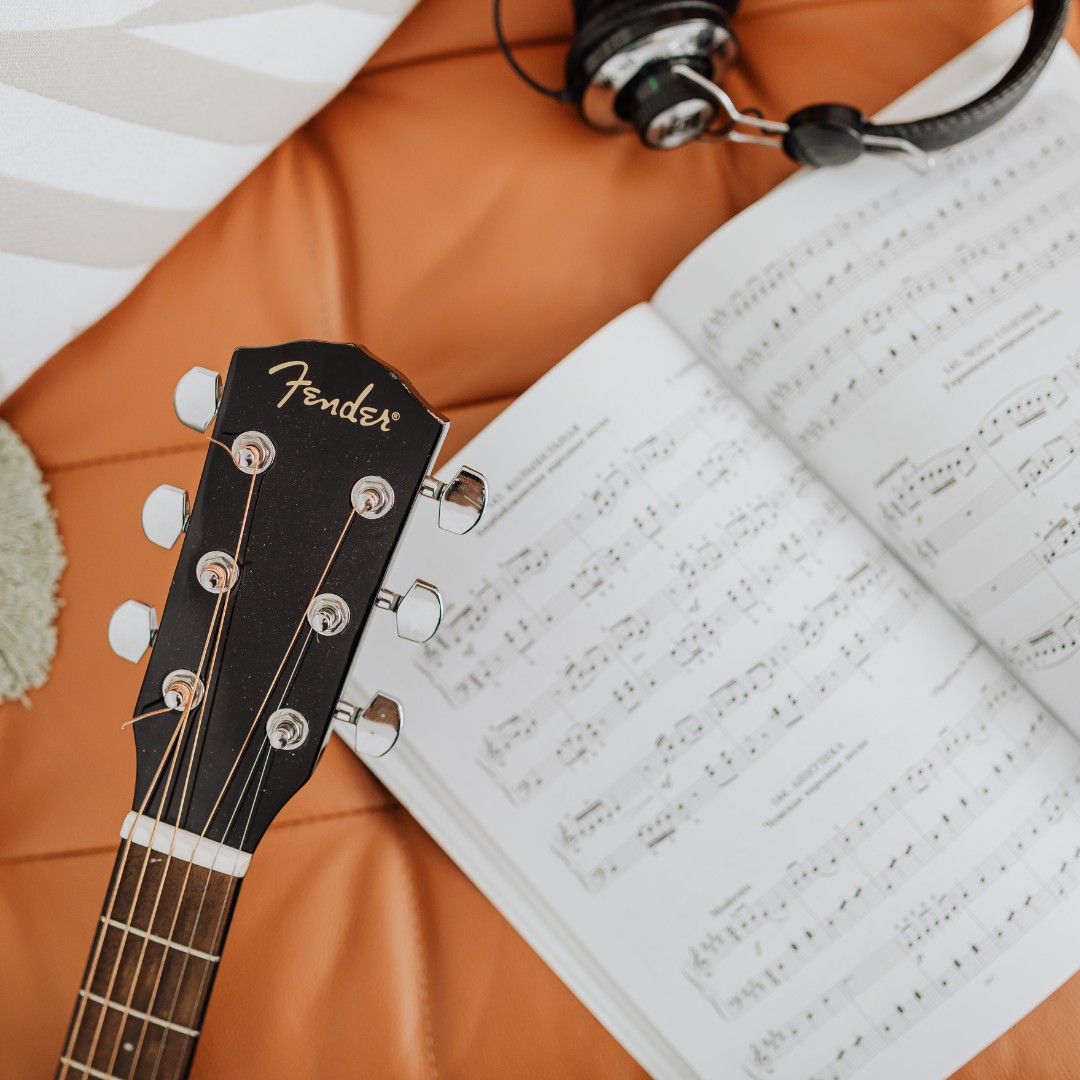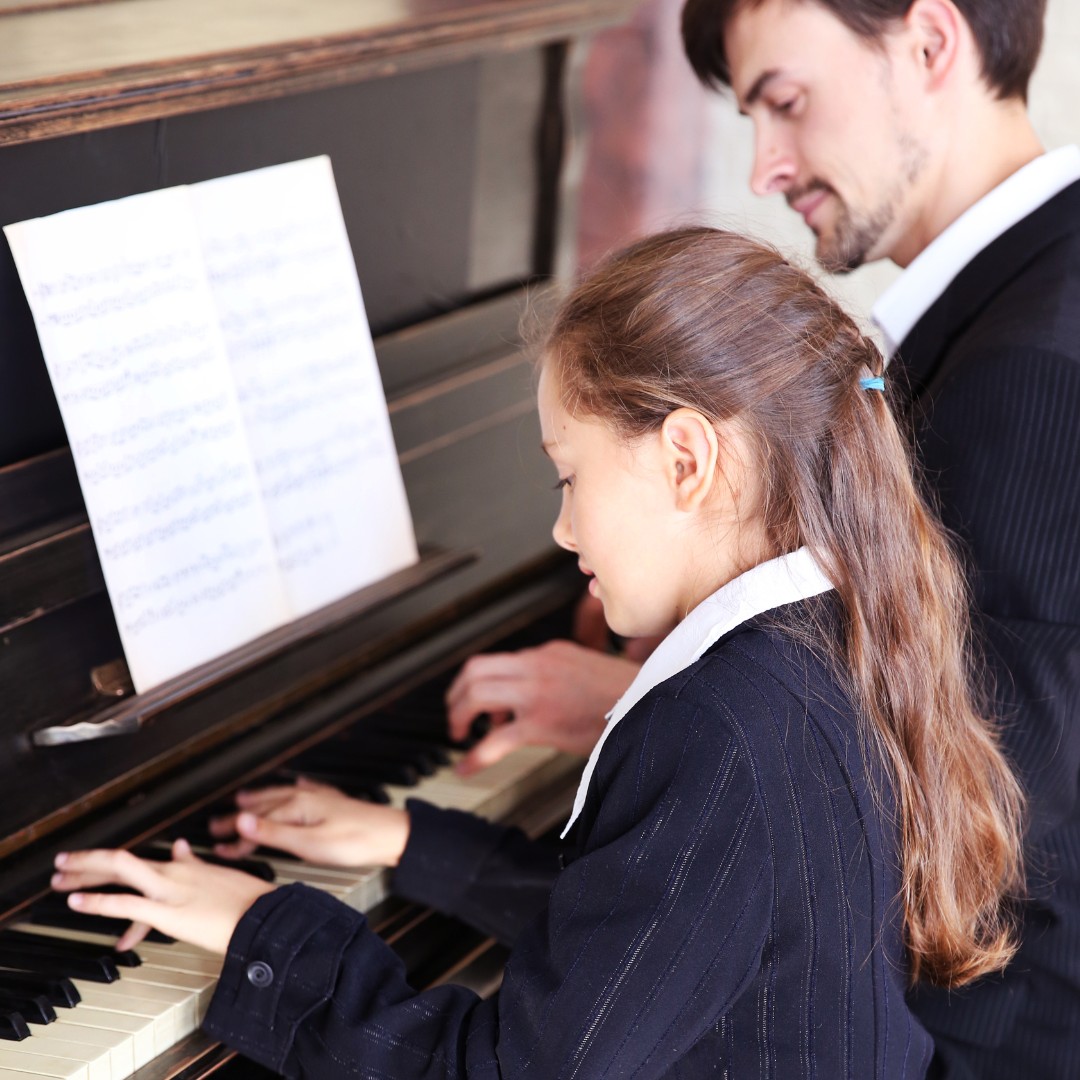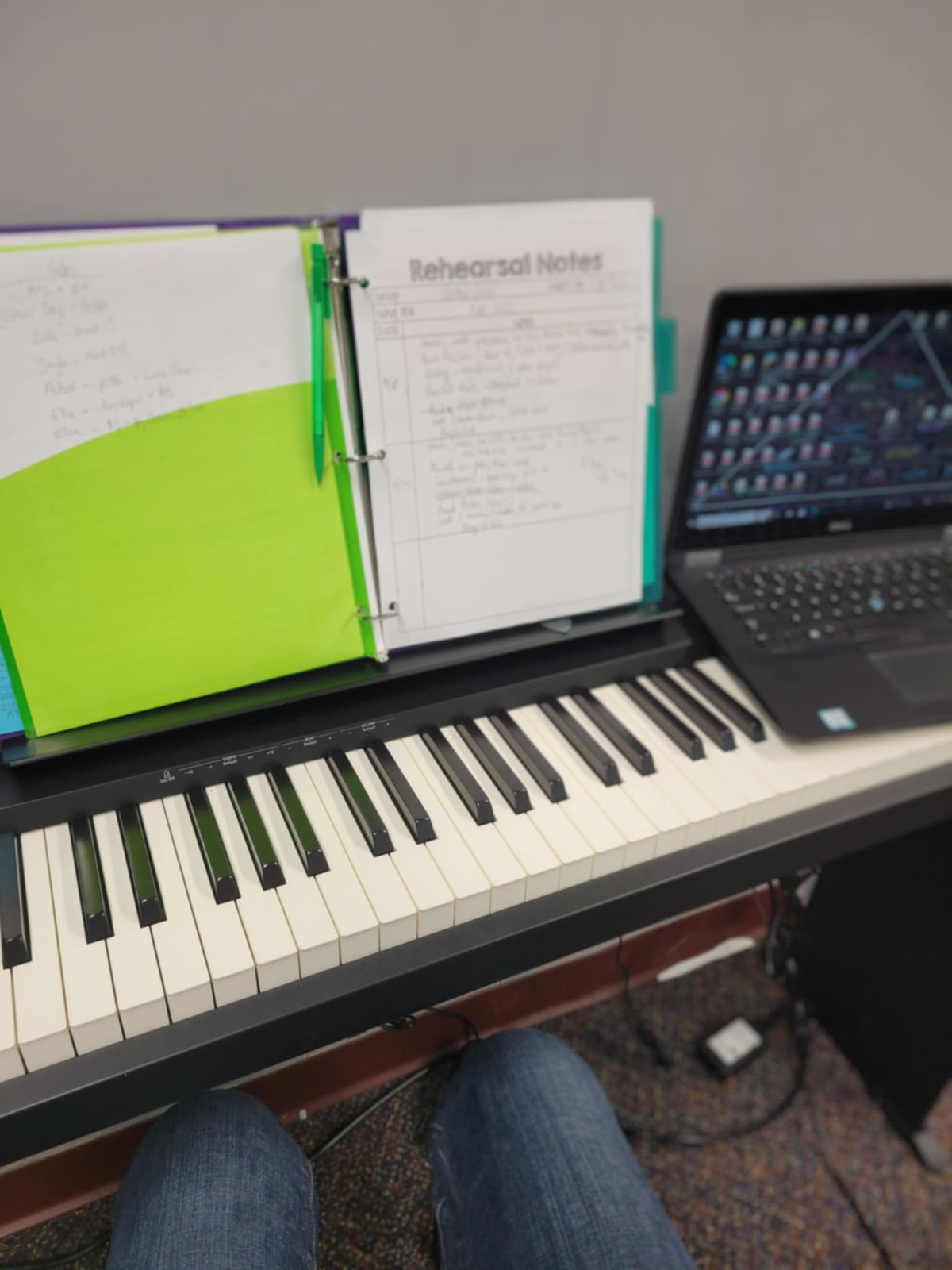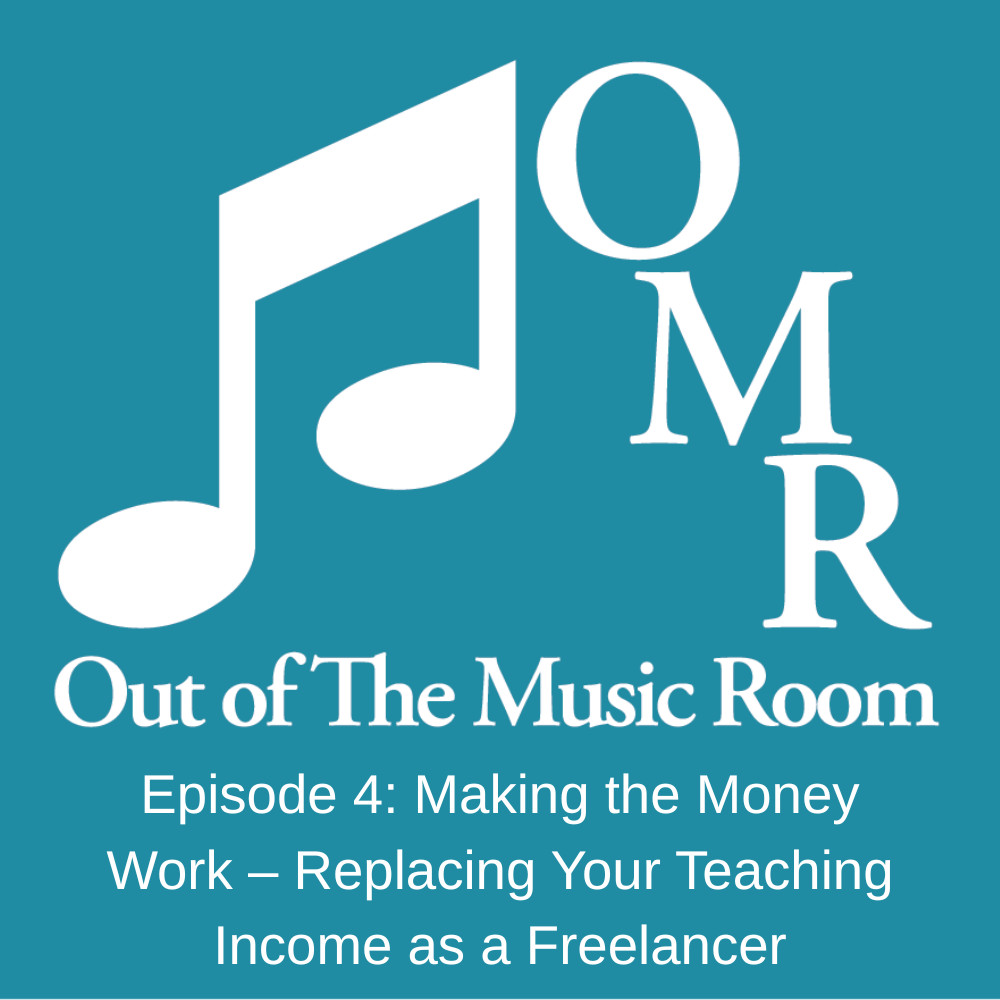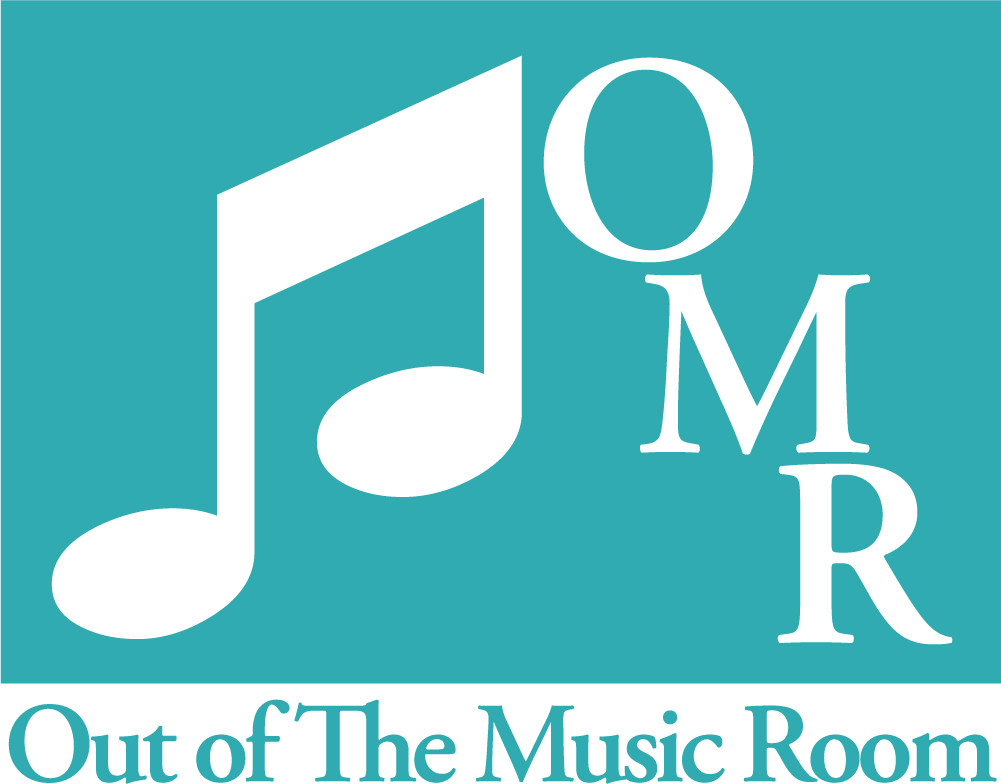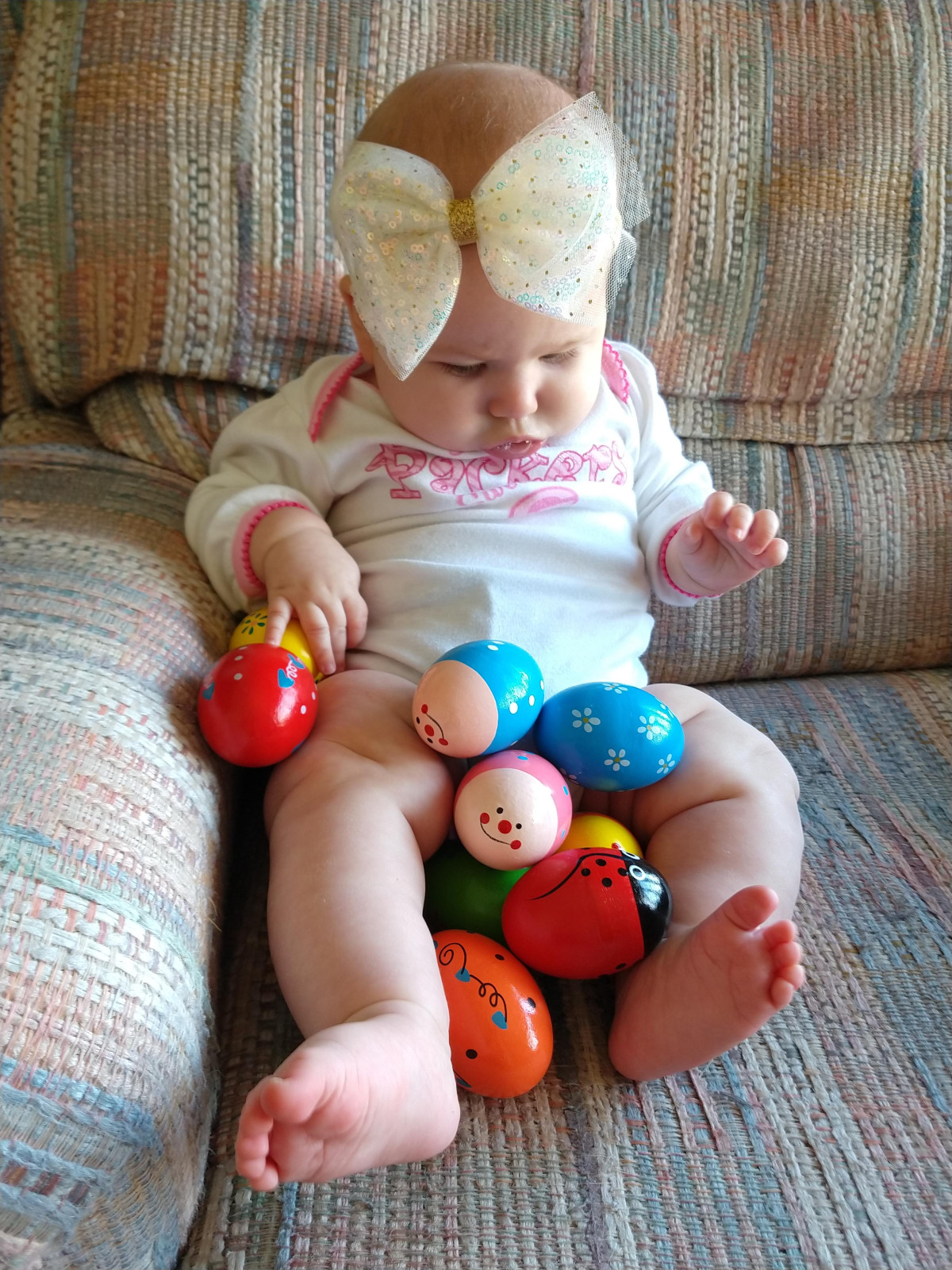
The Power of Active Musical Participation in Early Childhood
1. Cognitive Development Through Music
2. Emotional Expression and Regulation
3. Building Social Skills Through Collaborative Music-Making
4. Enhancing Motor Skills and Coordination
5. Fostering Creativity and Imagination
The Critical 0-7 Year Window for Musical Aptitude
Practical Tips for Making Music with Your Young Child
- Explore Various Instruments: Introduce your child to a range of instruments, from simple shakers and tambourines to more complex ones like keyboards or drums. Let them experiment with different sounds and textures.
- Incorporate Movement and Dance: Encourage your child to move their body to music. This could involve simple actions like clapping, swaying, or more elaborate dance moves. Movement enhances the musical experience and helps develop coordination.
- Create Music with Everyday Objects: Turn your home into a musical playground by using everyday objects as instruments. Pots, pans, plastic containers, and even your voices can become part of your musical exploration.
- Sing Together Regularly: Make singing a part of your daily routine. Whether it's during bath time, while doing chores, or as part of a bedtime ritual, singing simple songs and nursery rhymes can be a joyful way to bond while developing language skills.
- Attend Music Classes or Workshops: Consider enrolling your child in age-appropriate music classes. These structured environments often provide a wealth of musical experiences and opportunities for social interaction with peers. But make sure that they are focused on DOING music rather than ABOUT music!
Embracing the Journey

The Importance of Music in Early Development
User-Friendly and Accessible
Emphasis on Vocal and Instrumental Music
Focus on Repetition and Variation
Inclusive Recordings and Videos
Educational and Practical
Joyful Engagement with Music

1. Active Listening: Understanding Music's Components
- Exploring diverse musical genres and discussing what your child hears.
- Identifying different instruments within a piece while listening -- from solo to multi-instrument ensemble.
- Analyzing how music conveys mood and emotion.
2. Rhythm Recognition and Reproduction: Internalizing & Applying Steady Beat
- Clapping or tapping out patterns for your child to repeat.
- Creating rhythms with everyday objects.
- Introducing basic notation concepts using music symbols (not necessary to start lessons but can be fun!)
3. Pitch Matching: Developing Melodic Awareness
- Playing simple melodies on a piano or xylophone for your child to sing back. Using your own voice is even better! IMPORTANT: make sure you don't go too low for young children though.
- Using hand signals to represent pitch changes while singing.
- Engaging in call-and-response and echo singing games & songs.
4. Fine Motor Skills: Preparing for Instrumental Techniques
- Finger exercises and games.
- Arts and crafts activities involving small object manipulation.
- Puzzles and building blocks to improve hand-eye coordination.
5. Patience and Persistence: Cultivating a Growth Mindset
- Engaging in activities that require focus and repetition.
- Acknowledging progress and effort, not just results.
- Demonstrating persistence by learning something new alongside your child.
Preparing for Musical Education
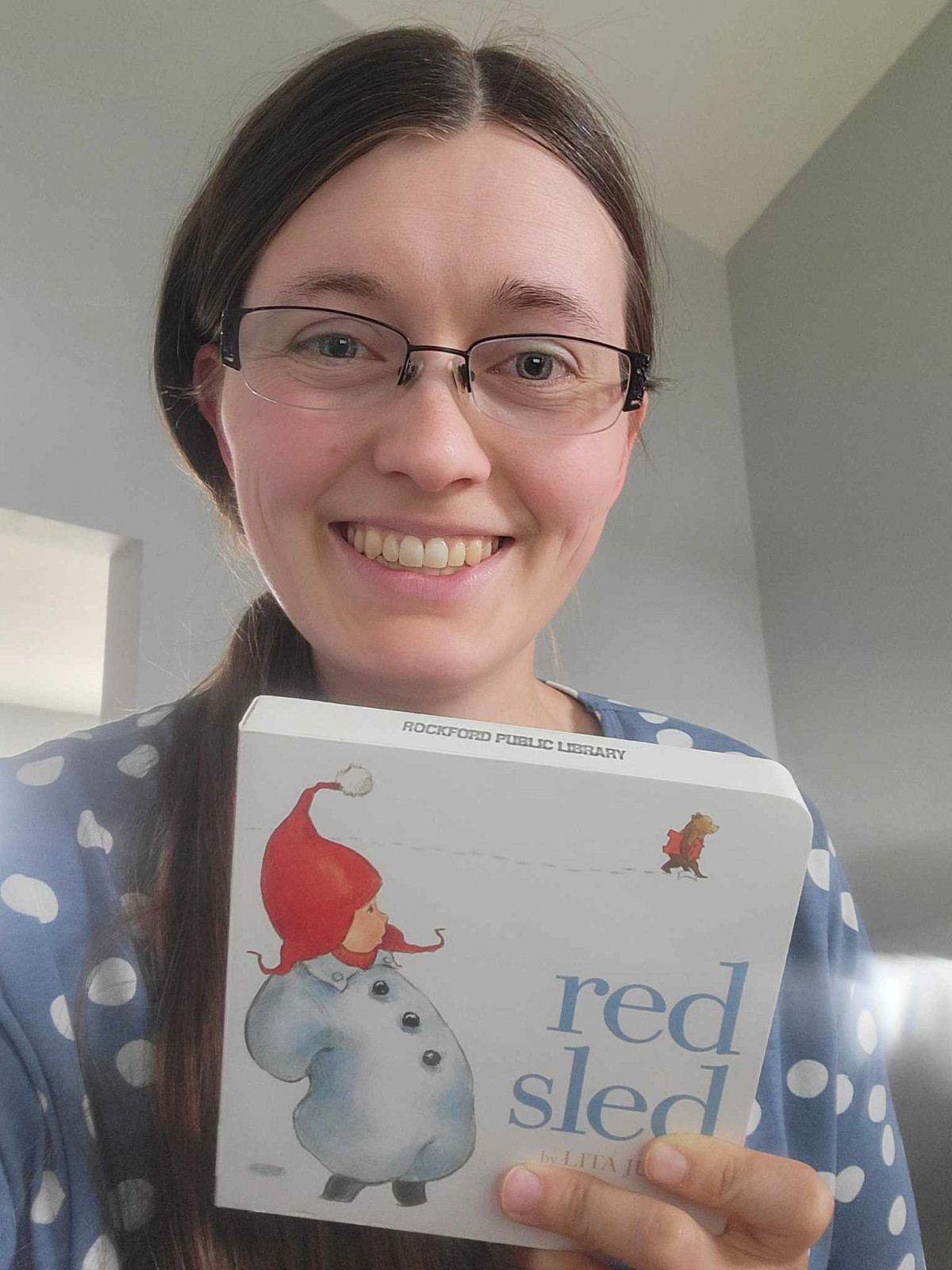
1. "Red Sled" by Lita Judge
2. "Through the Town: A Follow-the-Trail Book"
3. "Around the World: Follow-the-Trail Book"
4. "Say Zoop!" by Hervé Tullet
5. "Blue Hat, Green Hat" by Sandra Boynton
6. "The Squiggle" by Carole Lexa Schaefer
7. "Up, Up, Down" by Robert Munsch
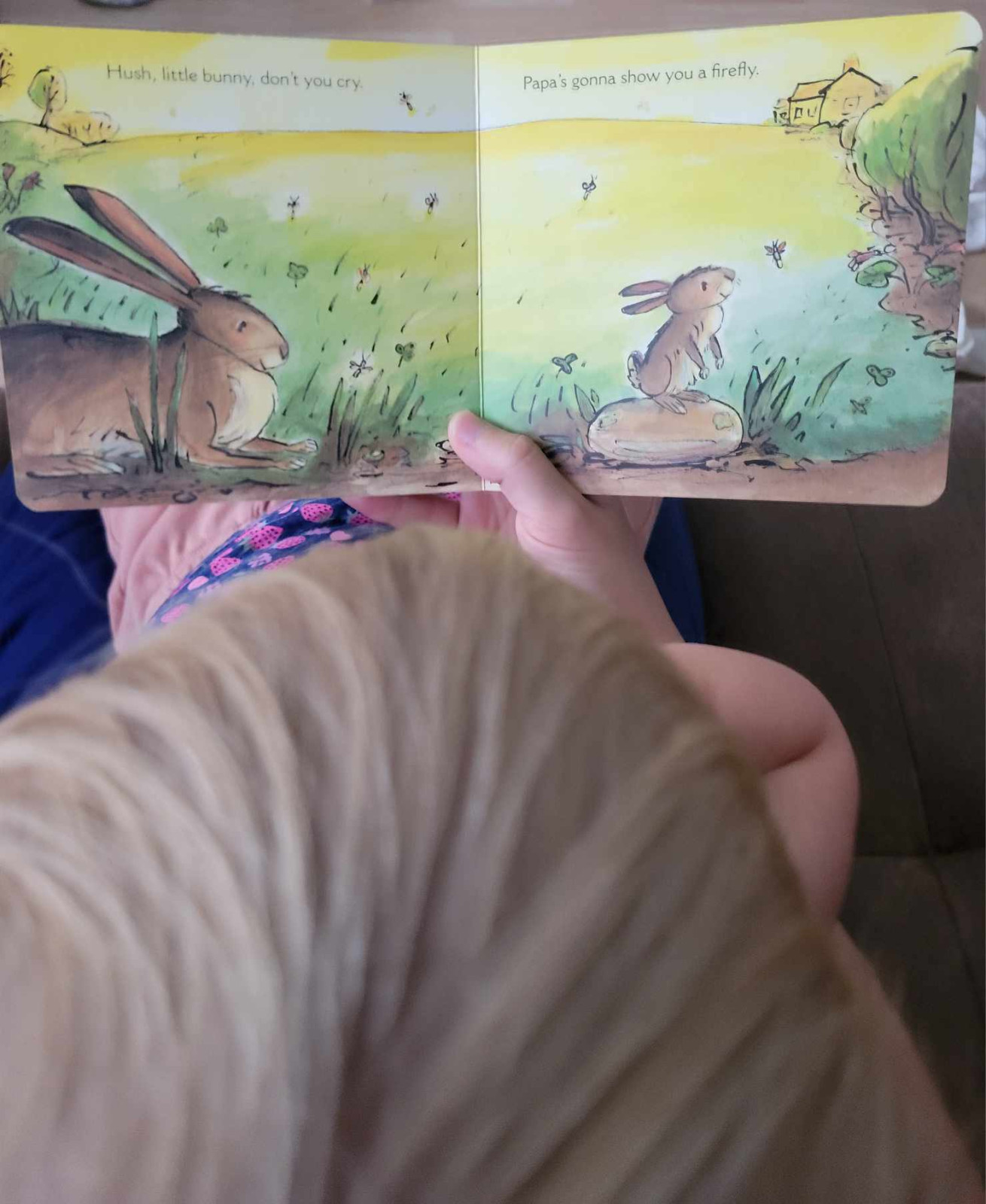
Every Little Thing
Hush, Little Bunny
Los Pollitos Dicen
What a Wonderful World

- Cognitive Development: Music's Impact on Learning Music education is integral to classical homeschooling for its role in enhancing cognitive abilities. From improving memory and attention span to sharpening auditory discrimination skills, studying music provides a well-rounded cognitive workout, supporting critical thinking and analytical skills as well as literacy and poetic understanding especially in the early years. Dr. John Feierabend says this is why learning to create music, not just learning about music, is so important especially in ages birth-age 8. Gaining knowledge about music, like memorizing Bach's birth year or mnemonic devices for note names, primarily utilizes one's linguistic intelligence. While this information is certainly useful, it doesn't necessarily lead to a deep understanding of music. True musical intelligence involves the development of neural pathways for musical thinking early in life. This foundational understanding is crucial for later learning to have genuine musical significance. Once our minds establish pathways for understanding, it becomes difficult to alter our perception. Individuals who immerse themselves in music, learning songs and moving artfully to the steady beat, are better positioned to grasp musical notation and instrument playing later. Learning an instrument initially by ear, and then transitioning to reading notation, effectively enhances both skills. On the other hand, those who exclusively learn through notation without prior musical readiness may struggle to develop ear-playing abilities because they learned from a mathematical/linguistic lens first.
- Cultural Literacy: Embracing Musical Traditions Classical homeschooling values cultural literacy and historical understanding. Through exploring a wide variety of musical traditions, students gain insights into different cultures and time periods as well as various life experiences and perspectives. As Charlotte Mason said, "The child should be made familiar with and should be made to appreciate good music." This exposure enriches their educational journey and broadens their horizons.
- Emotional Intelligence: Music as a Tool for Growth Music plays a vital role in developing emotional intelligence within classical homeschooling. By engaging musically, students learn to recognize and manage their emotions. They learn and remember through stories set to music what they may not as easily otherwise. And instrumental music without words has a key role to play as well. As Charlotte Mason believed, "Music is one of the most forcible instruments for refining the feelings." This aspect of education fosters empathy, social-emotional growth, and self-awareness.
- Discipline and Perseverance: Building Habits through Music Learning to play a musical instrument requires discipline and perseverance, values cherished by Charlotte Mason homeschoolers. Through regular practice and overcoming challenges, students develop habits of diligence and self-mastery that extend beyond music into all areas of their lives.
- Creative Expression: Nurturing Individuality through Music In Charlotte Mason classical homeschooling, students are encouraged to express their creativity in learning. Music provides a platform for this expression, allowing students to compose, improvise, and interpret music in unique ways. By embracing their musical instincts, students become active participants in their artistic development.
- Community and Collaboration: Music's Role in Connection Music fosters community and collaboration, whether a child is singing with a group of people, learning turn-taking while playing instruments, or listening as a part of an audience to a collective performance. Students bond over their shared love of music. This sense of camaraderie strengthens relationships and promotes cooperation among peers.
In classical homeschooling, music education plays a pivotal role in enriching the educational experience. From cognitive development to emotional intelligence, music offers practical benefits and meaningful engagement with the world around them both present and past. By integrating music into the curriculum, educators empower students to excel academically and cultivate a lifelong appreciation for the arts. As Charlotte Mason believed, "The musical education of the child should be begun early; that is, the child should have begun to play and sing almost as soon as he can speak." Let us embrace the transformative power of music in classical education, guiding children on a journey of discovery and growth.
